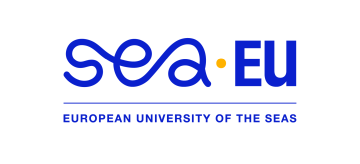Gloria Vickov, PhD
Mirjana Matea Kovač, PhD
Ana Sarić, MA, PhD student
Eva Jakupčević, PhD student
All the researchers are associated with Second Language Acquisition.
Our research deals with topics linked to the acquisition and use of pragmatic features of language (primarily English) by foreign language learners, as well as breakdown, speed and repair fluency . We have dealt with young language learners, university students and adults, as well as foreign language teachers, focusing on issues such as discourse marker use, fillers, task planning, classroom talk and similar. Another aspect of our research interest is related to interculturalism in SLA, the role of L1 culture in particular.
Vickov, G., & Jakupčević, E. (2020). Discourse Marker Clusters in the Classroom Discourse of Native and Non-Native EFL Teachers. International Journal of Learning, Teaching and Educational Research, 19(3), 310-328
Kovač, M. M., & Vickov, G. (2019). The influence of pre-task planning on speed and breakdown fluency. Journal for Foreign Languages, 11(1), 87-102
Kovač, M. M., & Sarić, A. (2019). The Frequency of Non-Lexicalized Fillers in the Repeated Task. Društvene i humanističke studije, 4(2 (8)), 123-132
Jakupčević, E. (2019). Young Language Learners’ Use of Discourse Markers in L2 Narratives. English Teaching & Learning, 43(4), 411-428
Vickov, G., & Jakupčević, E. (2017). Discourse Markers in Non-Native EFL Teacher Talk. Studies in Second Language Learning and Teaching, 7(4), 649-671
